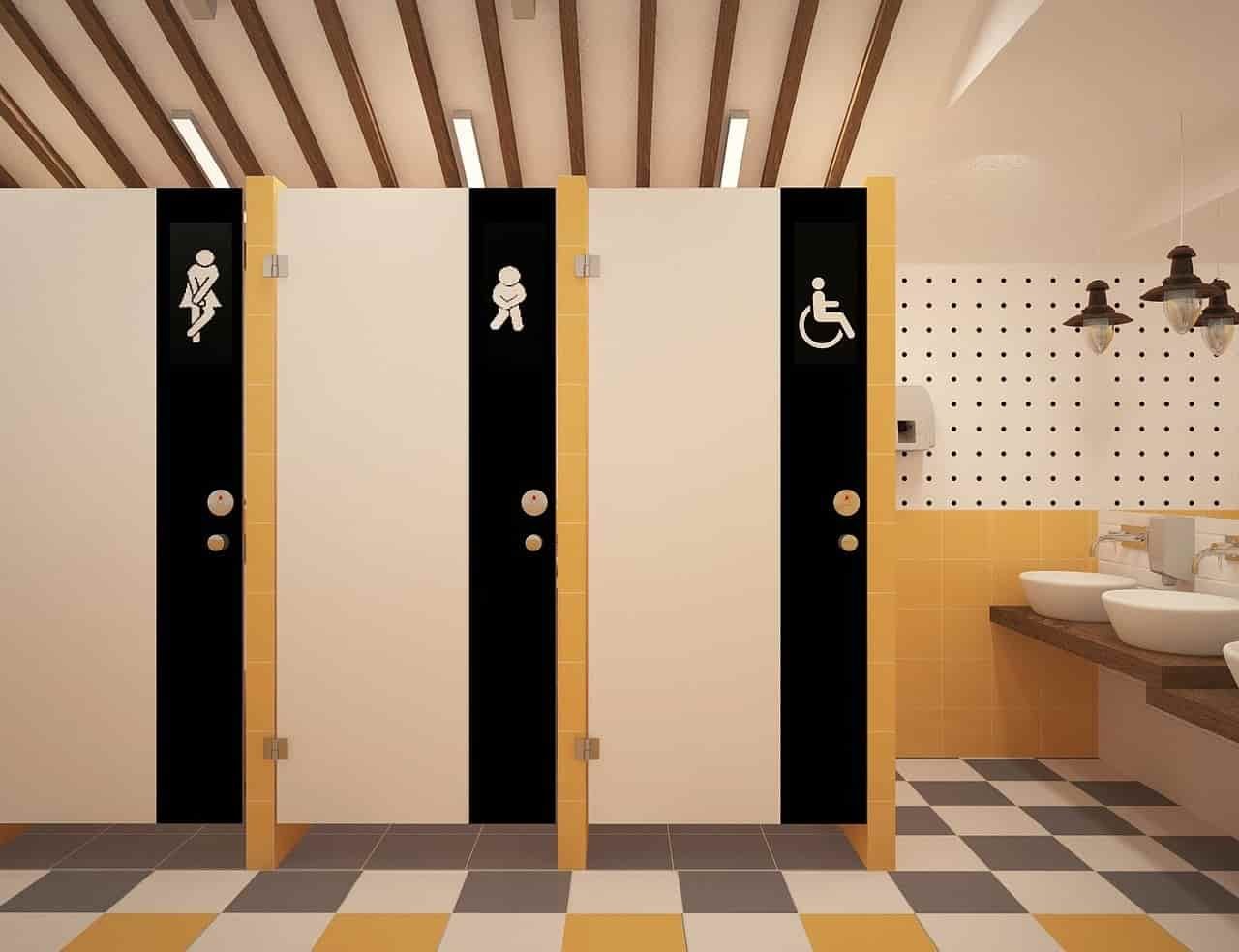Paruresis or shy bladder syndrome
Paruresis or shy bladder syndrome: the impossibility of urinating in the presence of people nearby or when someone is usung a public toilet. The urge is there, but nothing happens This phenomenon has yet to be fully explained.
Psychologically, this urinary blockage is similar to a social phobia. Solutions make it possible to get out of it, in particular behavioral and cognitive therapies.
Symptoms
Unlike physical disorders that cause difficulty urinating, paruresis is only triggered when a person can be seen or heard peeing. In an isolated place, out of sight, there is no problem. This progressive social phobia causes urinary blockage linked to the negative judgment of others as well as a lack of self-confidence.
The patient will stress about going out in groups, drinking drinks and taking trips. To avoid any awkward situation, he feels compelled to lie or use complicated stratagems to isolate himself. Holding in for hours is very bad for the bladder and increases the risk of infection. And the psychological suffering is important, even if the patient is aware of the irrational nature of his phobia.
Causes of shy bladder
Affected people have no organic disorder that would explain their inability to urinate. An anxiety disorder related to a social phobia is at the origin of their urinary blockage.
Underlying psychological causes are often found, in particular childhood traumas experienced at school (toilets that do not close, teasing, intimidation, etc.) or in the family home (poor cleanliness education).
Diagnostic of shy bladder
The diagnosis is based on the experience described by those affected, after eliminating possible physiological causes.
Each experience is different, but there are certain common traits that allow us to confirm the diagnosis:
- It is not an occasional discomfort that would push to hold back from time to time, but a constant urinary blockage in the same conditions, often existing for very many years at the time of diagnosis.
- There is no urinary blockage when the conditions of privacy are perceived as good: when they are alone at home, affected subjects use the toilet without any problem.
- The triggers for urinary blockage and the appropriate comfort conditions for it not to occur are identifiable.
- In some mild forms, urinary blockage occurs mainly in public places when the conditions of privacy are degraded (queues at the urinals, insufficient isolation, etc.), while severely affected people will be totally unable to pee even in well-closed toilets at friends’ homes, in restaurants, on trains, etc.
The people concerned
The taboo that surrounds paruresis and the few studies available make it difficult to estimate the number of people affected, but its frequency would be rather high.
Read also: Professor of Psychopath and What Are Psychopaths Really Like?
According to the IPA (International paruresis association), an international organization created in the United States to develop the fight against paruresis, this disorder would affect up to 7% of the populations studied, or even more; 21 million Americans and 220 million people around the world would be affected.
Professor of Psychopath and What Are Psychopaths Really Like?
Information: Cleverly Smart is not a substitute for a doctor. Always consult a doctor to treat your health condition.
Sources: PinterPandai, Cleveland Clinic, State Government of Victoria – Australia, International Paruresis Association, WebMD, Urology Care Foundation



